HDR is exposure blending of three shots taken at different exposure levels. In the case of most of these photos, my settings were +2, 0. -2. It's the weaving together of high contrast scenes and highlights into a detailed image created from multiple exposures.
Anyway... enjoy :)
Click photos to make bigger.
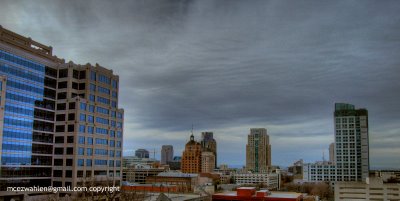
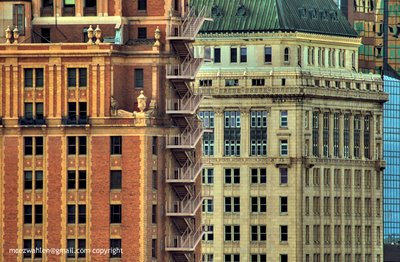
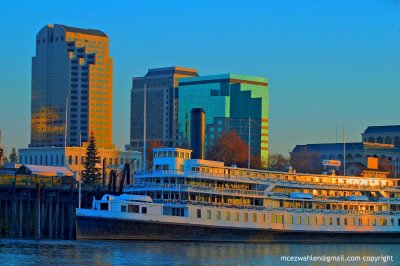
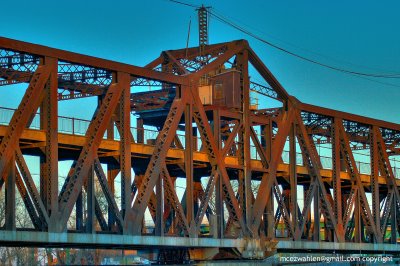
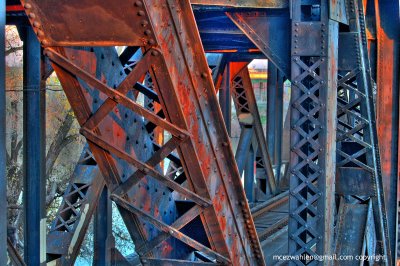
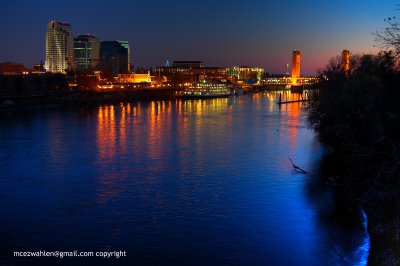



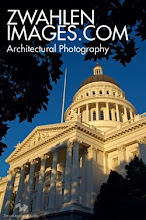

13 comments:
These are gorgeous. Can you explain the process a little more.
Does your camera offer an HDR setting, where it takes the three exposures and merges them automatically? Or do you take three separate shots and then "manually" merge them into one picture? And, of course, the obvious question: Are you working in film or digital?
I've done work like this in Photoshop, taking one shot and creating separate layers, adjusting each layer and then merging everything to create a new image. But few, if any, of my photos have come off looking as good as these shots.
Wow! Nice details on the two "old ladies" of the skyline. The orange on the Elks building is radiant. And I love your night shot- will be really cool when the new skyscrapers get in there.
john,
while i'm not sure what the case was with these specific photos, photoshop CS2 now actually has an automatic HDR option. you select something like "make HDR photo," select specific pictures or a whole directory of them.
and while i'm sure there are digital cameras that will automatically bracket exposures, i don't know if any will actually do HDR in camera.
Adding to what kit said, there's also software called Photomatix that makes HDR images. http://www.hdrsoft.com/index.html
You need a tripod and a camera with manual controls to make an HDR. Some people bracket (camera function to automatically take different exposures) to take HDR photos, and others use their camera's RAW format. To get best results, you'll need to measure the brightest and darkest parts of the photo using your camera's meter. Put your camera on a tripod and manually take multiple exposures a few stops apart until you have the lightest and darkest parts of the image and every photo in between. Then feed all the images into Photoshop or Photomatix. Note that Photoshop Elements doesn't have HDR capability.
Well... those guys just about said it all for me.
Here are my tools... Nikon D70, tripod, set my camera settings to "bracket" and determine which levels of highs and lows will work best for a particular shot. It's also vary important to have a remote control for your camera when you take the pictures. You don't want your camera to move while taking the photos or else your images will look blurry when combining the images together. I also use the Photomatix software to create the HDR image. In the end, it's the photographers eye for a subject that makes a photo pop. I'm still learning to how to master the technology.
yeah, i haven't even started experimenting with HDR myself but i have a friend who has and it's definitely a whole different ballgame. correct me if i'm wrong, but ideally you would want to bracket AND take the photos in RAW format for the best results, correct?
You could, yes. I have chosen to do these in jpg.FINE,and I think these are pretty good. The thing about RAW is, even more editing would be required. Some time down the road when I understand the process better I will really challenge myself with the RAW format.
All my regular photos are taken in a RAW format.
wouldn't using the RAW format function exactly the same as taking multiple exposures? if you have CS2 or Aperture couldn't you save multiple settings of the same file and combine them using HDR software/plug-in.
RAW saves separate color data, but what you need to produce good HDR is all in the optics. Whether you're shooting RAW or not, an area that's lost all detail because it's too bright or too dark isn't going to be able to gain any additional detail in any application. It's clipped out and read by the CCD as either black or white.
hmm.. isn't that the purpose of merging multiple exposures though? to gain from one what was lost in the other? I've been doing this for years in photoshop by manually masking and adjusting separate layers. maybe i just don't understand what the HDR process is actually doing?
As always excellent pictures. Thanks for sharing them with us.
Thank you FromTheCapitol. It's a lot of work taking HDR photos. I don't get the same sort of freedom for great shots when I carry around a tripod… but I'll make it work :)
Post a Comment